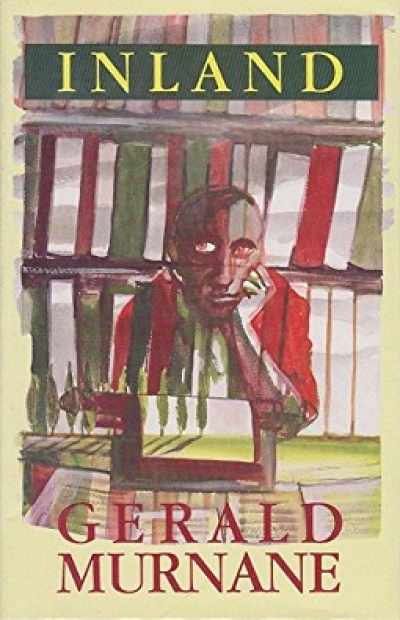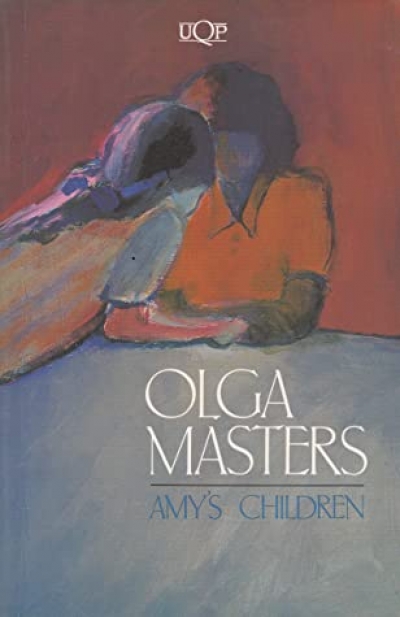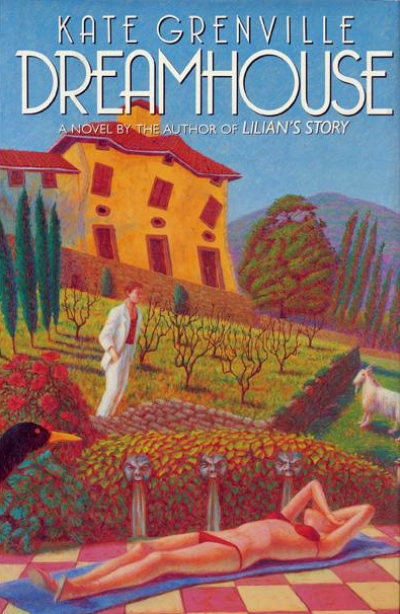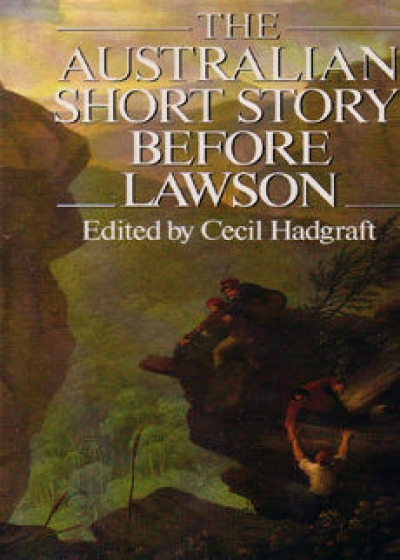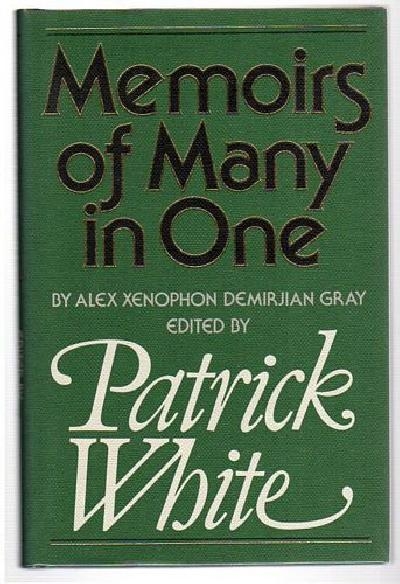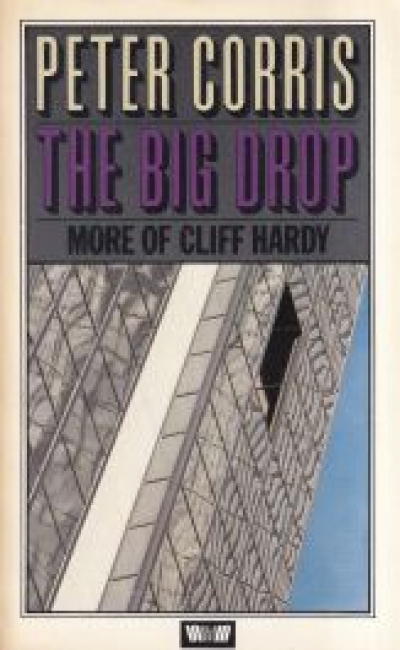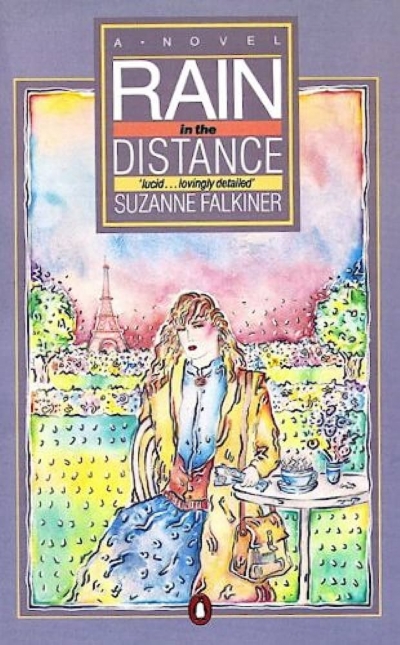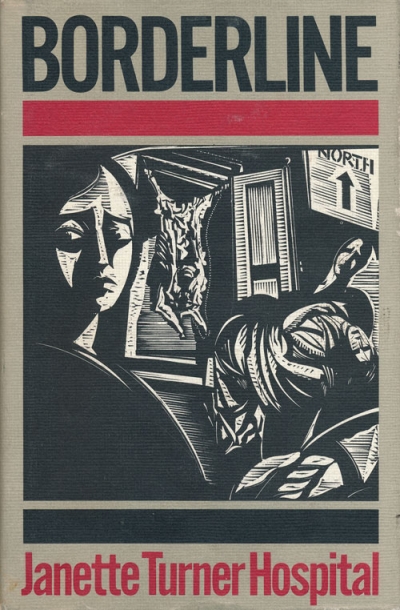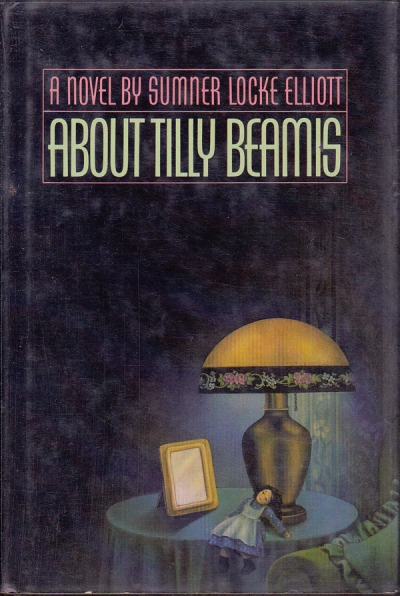Australian Fiction
The Australian Short Story Before Lawson edited by Cecil Hadgraft
by Mary Lord •
Memoirs of Many in One by Alex Xenophon Demirjian Gray (edited by Patrick White)
by Chris Wallace-Crabbe •
Rain in the Distance by Suzanne Falkiner & Tilly’s Fortunes by Helen Asher
by Paul Salzman •
Unsettled Areas: Recent South Australian short fiction edited by Andrew Taylor
by Sandra Moore •

